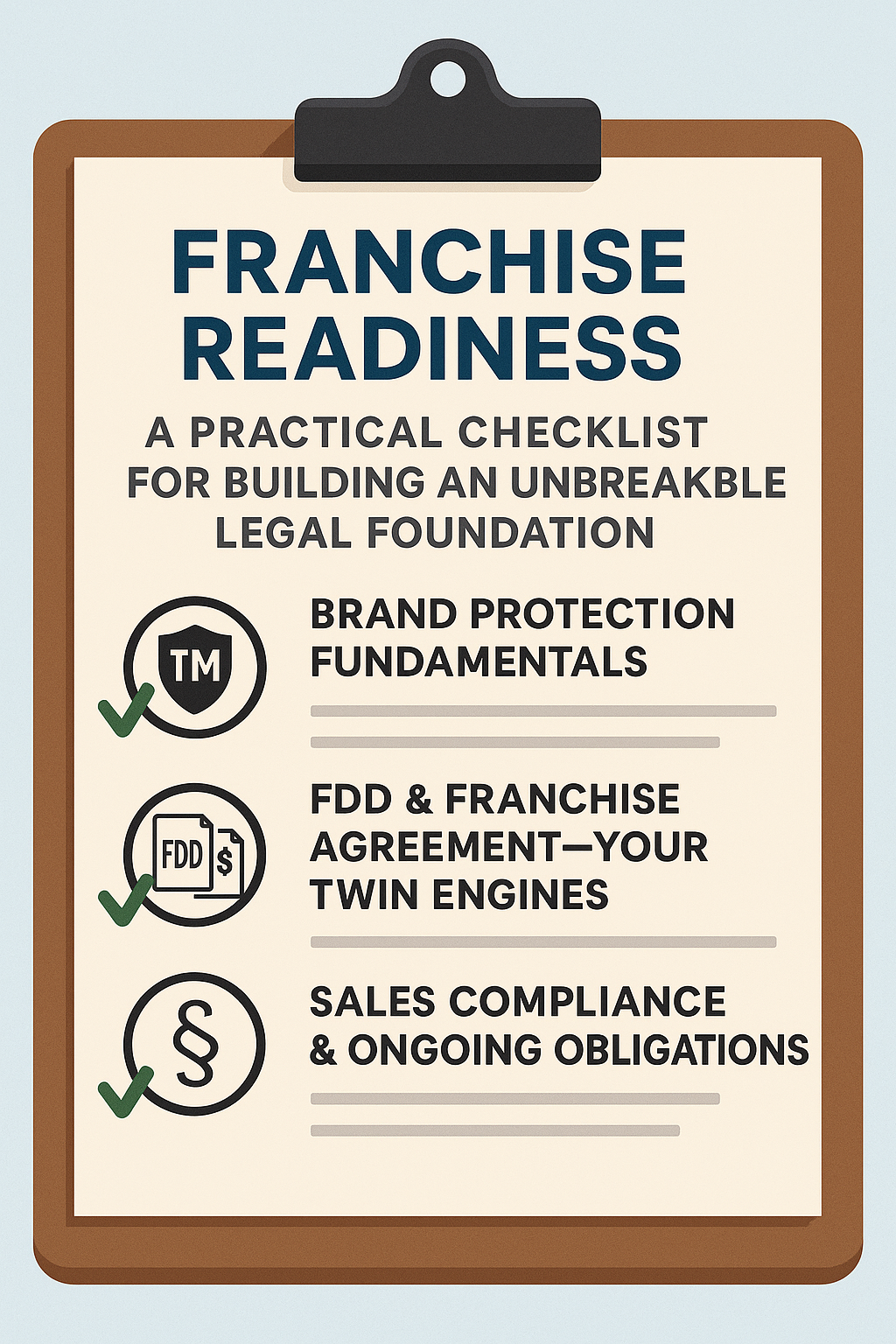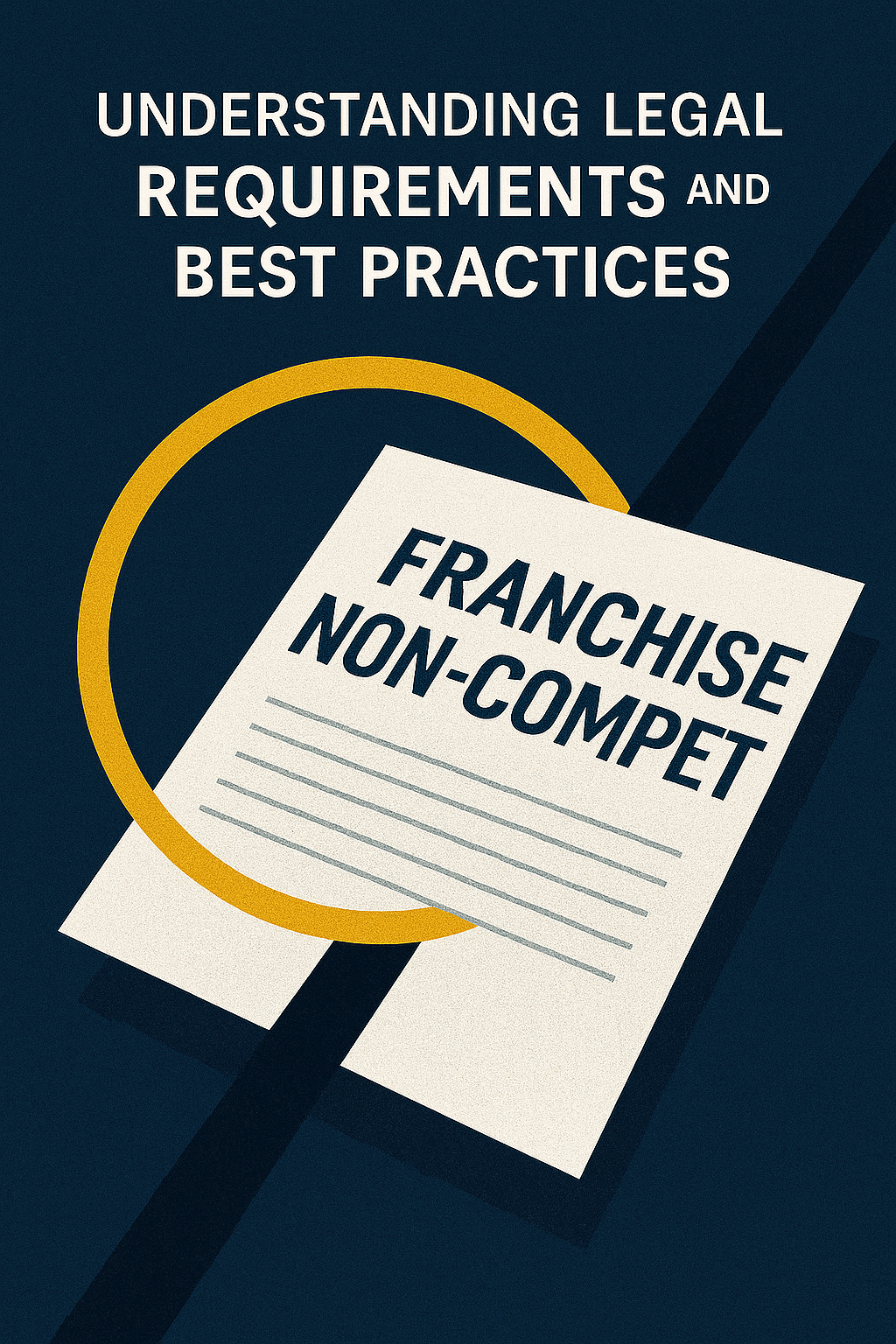Franchising can be a lucrative business opportunity, but one of the most critical decisions to make when starting a franchise is determining the right franchise fee and royalty structure. This decision not only impacts the profitability of the franchise but also plays a vital role in attracting potential franchisees. In this article, we will explore the various factors to consider when setting franchise fees and royalties, discuss the importance of a balanced fee and royalty structure, and provide strategies for determining the optimal structure for your franchise.
Understanding the Basics: Franchise Fees and Royalties Explained
Before delving into the nuances of determining the right fee and royalty structure for your franchise, let’s start with understanding the basics. Franchise fees are the upfront costs paid by franchisees to gain access to the franchisor’s brand, systems, and support. These fees can vary significantly depending on factors such as the size and popularity of the brand, the level of support provided, and the industry’s average fees.
Royalties, on the other hand, are ongoing payments made by franchisees to the franchisor. These payments are usually calculated as a percentage of the franchisee’s net sales and are intended to compensate the franchisor for ongoing support, training, and the use of the franchisor’s brand and systems.
Factors to Consider When Setting Franchise Fees
Setting the right franchise fee is crucial to strike the balance between attracting potential franchisees and ensuring the franchise’s profitability. Considerations when determining the fee include the initial investment required by franchisees, comparable fees charged by competitors in the industry, and the perceived value of the brand and support provided by the franchisor.
It is essential to conduct thorough market research and competitive analysis to understand the industry’s fee standards and identify any gaps or opportunities in the market. By setting a fee that is too high, you may discourage prospective franchisees, while a fee that is too low may undermine the perceived value of your franchise.
The Importance of a Balanced Franchise Fee and Royalty Structure
While the franchise fee is an upfront payment, the royalty structure is a continuous revenue stream for the franchisor. It is crucial to strike a balance between the two to ensure both parties benefit from the relationship. A well-balanced fee and royalty structure not only attracts potential franchisees but also provides the franchisor with a steady stream of income to support ongoing support and growth initiatives.
Consider factors such as the industry’s average royalty rates, the level of support and services provided by the franchisor, and the anticipated sales volume of franchisees when determining the royalty structure. By aligning the royalty payments with the franchisee’s revenue and ensuring they perceive value in the support they receive, you can create a win-win partnership that motivates franchisees to succeed.
Assessing the Value: Calculating the Right Franchise Fee
Determining the right franchise fee involves a careful evaluation of the value proposition offered to franchisees. Start by calculating the costs associated with developing and launching the franchise, including brand development, training materials, support systems, and initial marketing efforts.
Consider the return on investment (ROI) potential for franchisees and factor in profit margins while setting the fee. It is essential to strike a balance between recouping initial investments and ensuring franchisees have sufficient room to generate profits in a reasonable timeframe.
The Role of Royalties in Franchise Success: Finding the Optimal Structure
Royalties play a vital role in sustaining the success of a franchise system. The right royalty structure encourages franchisee success while providing the franchisor with the necessary revenue to support ongoing training, marketing, and operational improvements.
To determine the optimal royalty structure, consider factors such as industry benchmarks, the level of ongoing support provided, and the anticipated sales volume of franchisees. A percentage-based royalty structure is common, but other models, such as fixed monthly fees or a combination of fixed and variable fees, may be more suitable depending on the nature of the business.
Market Research and Competitive Analysis: Determining the Right Fee and Royalty Rates
Understanding the market and your competitors is crucial when determining the right fee and royalty rates for your franchise. Conduct comprehensive market research to identify the average fee and royalty rates within your industry, benchmarking against both direct and indirect competitors.
Analyze the value proposition your franchise offers and compare it to your competitors. Determine the unique selling points that set your franchise apart, and consider the additional support and benefits you provide to franchisees. This analysis will help you position your fee and royalty rates competitively, ensuring potential franchisees perceive the value they receive.
Balancing Affordability and Profitability: Strategies for Setting Franchise Fees
Finding the right balance between affordability for franchisees and profitability for the franchisor is a crucial aspect of setting franchise fees. While it may be tempting to set high fees to maximize profitability, it is equally essential to attract qualified franchisees who can sustain their businesses.
Consider offering flexible financing options or incentives for potential franchisees, such as reduced initial fees or royalty rates for an introductory period. This approach allows franchisees to enter the business with a lower financial burden while still ensuring the franchise’s long-term profitability once they have established their operations.
Negotiating Win-Win Franchise Fee and Royalty Structures with Franchisors
Franchise fee and royalty negotiations between franchisors and franchisees are common. It is crucial to approach these discussions with a win-win mindset, aiming for a structure that benefits both parties.
Before entering negotiations, research comparable franchises in your industry to understand the average fee and royalty structures. Define your unique selling proposition and the added value your franchise offers to justify your proposed structure. Be open to compromises and willing to provide additional support or benefits to franchisees in exchange for adjustments to the fee and royalty rates.
The Impact of Industry Trends on Franchise Fees and Royalties
Franchise fees and royalties are not set in stone but can evolve over time due to industry trends. Stay up to date with industry developments and changes in customer preferences to assess the impact on the scalability and profitability of your franchise.
For example, advancements in technology or changes in consumer behavior may necessitate additional investments or adjustments in ongoing support, which may influence the fee and royalty structure. By proactively monitoring industry trends, you can adapt your fee and royalty rates to remain competitive and maximize the franchise’s long-term success.
Legal Considerations: Compliance with Franchise Laws when Determining Fees and Royalties
When determining franchise fees and royalties, it is crucial to ensure compliance with franchise laws and regulations. Franchise laws vary by jurisdiction and may impose restrictions or requirements on fee and royalty structures.
Consulting with legal professionals experienced in franchise law can help navigate the complexities and ensure your fee and royalty structure align with legal requirements. By adhering to these regulations, you can avoid legal complications and build a strong foundation for your franchise’s long-term success.
Evaluating the Return on Investment (ROI): Maximizing Profits through Fee and Royalty Structure Optimization
Measuring the return on investment (ROI) is essential to assess the profitability of your franchise fee and royalty structure. By consistently evaluating the financial performance of franchisees and analyzing the impact of your fee and royalty rates, you can identify opportunities to optimize the structure to maximize profits.
Regularly review key performance indicators such as average unit sales, profit margins, and the percentage of revenue paid as royalty to identify areas where adjustments may be necessary. By continuously fine-tuning your fee and royalty structure and aligning it with franchisee success, you can build a thriving and sustainable franchise system.
Case Studies: Successful Examples of Effective Franchise Fee and Royalty Structures
Examining successful examples of franchise fee and royalty structures can provide valuable insights and inspiration for determining the right structure for your franchise. Case studies showcase real-world examples of how different fee and royalty models have contributed to the success of franchises in various industries.
These case studies can help you understand the factors that contributed to their success, such as competitive pricing, unique support systems, or innovative fee and royalty models. By studying these examples, you can gain valuable knowledge that can inform your decision-making process and help you fine-tune your fee and royalty structure.
Understanding the Relationship between Franchise Fees, Royalties, and Support Services
The relationship between franchise fees, royalties, and the support services provided by the franchisor is interlinked and vital to the success of the franchise system. The fees and royalties charged should be proportionate to the level of support and value provided to franchisees.
When determining the fee and royalty structure, evaluate the support services offered, such as initial training, ongoing marketing, and operational assistance. Ensure that the fees and royalties are aligned with the value derived from these services, providing franchisees with the necessary tools and resources to run successful businesses.
Long-term Planning: Adapting Your Fee and Royalty Structure for Growth and Expansion
As your franchise grows and expands, it is essential to adapt your fee and royalty structure to accommodate the changing dynamics of your business. Scaling a franchise requires a forward-thinking approach that considers the potential for increased competition, economies of scale, and the need for additional resources.
When planning for growth, assess the scalability of your fee and royalty structure, ensuring it remains financially viable as the number of franchisees increases. Consider potential adjustments to the fee and royalty rates or explore alternative fee structures that align with the anticipated growth trajectory of your franchise.
Balancing Flexibility and Stability: Adjusting Franchise Fees and Royalties as Market Conditions Change
To thrive in a dynamic market, franchisors must be prepared to adjust their fee and royalty structures as market conditions change. External factors, such as economic fluctuations, regulatory changes, or shifts in consumer behavior, may necessitate modifications to the fee and royalty rates.
Monitor market conditions and customer preferences regularly. Should changes occur, be willing to adapt your fee and royalty structures to strike the right balance between stability for the franchisor and affordability for franchisees. This flexibility ensures your franchise remains competitive and resilient in an ever-evolving business landscape.
The Role of Technology in Optimizing Franchise Fee and Royalty Structures
Technology plays a crucial role in optimizing franchise fee and royalty structures. Modern technology solutions can streamline administrative processes, enhance reporting capabilities, and provide a deeper understanding of franchisee performance.
When determining the fee and royalty structure, consider incorporating technology investments that can provide value-added services to franchisees. From sales tracking systems to automated marketing platforms, technology can help franchisees achieve higher sales volumes, thereby maximizing the return on both their investments and the franchisor’s royalty structure.
Best Practices for Communicating the Value of your Fee and Royalty Structure to Potential Franchisees
Communicating the value of your fee and royalty structure is crucial to attract potential franchisees. When marketing your franchise opportunity, clearly articulate the benefits franchisees will receive in exchange for the fee and royalty payments.
Highlight the ongoing support services, training programs, marketing materials, and the established brand recognition that franchisees gain access to. Demonstrating the return on investment potential through success stories or financial projections can also help potential franchisees understand the value they will receive and encourage them to consider your franchise over competitors.
Ensuring Transparency in Your Fee and Royalty Structure for Long-term Success
Transparency in your fee and royalty structure is essential for the long-term success and sustainability of your franchise. Clearly outlining the structure, including all fees, royalties, and payment terms, sets the foundation for a trusting relationship with franchisees.
Ensure that all details of the fee and royalty structure are documented in the franchise agreement and provide franchisees with comprehensive financial projections that illustrate the cost and revenue potential of the business. Regularly communicate any updates or changes to the fee and royalty structure to maintain transparency and foster a strong franchisor-franchisee partnership.
In conclusion, determining the right franchise fee and royalty structure requires careful consideration of various factors. By understanding the basics, conducting market research, balancing affordability and profitability, and adapting to changing market conditions, franchisors can create a fee and royalty structure that attracts quality franchisees and ensures long-term success. Through transparency and effective communication, franchisors can build strong partnerships with franchisees, establishing a foundation for sustained growth and profitability.






